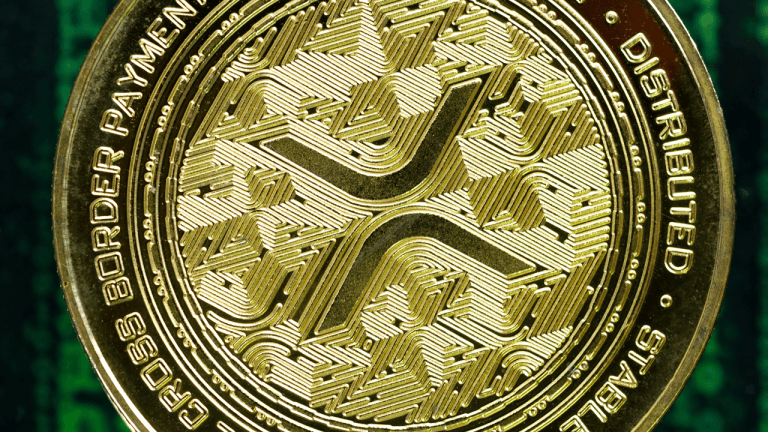
The Open Network users will be able to use Oobit’s Tap & Pay technology to pay merchants in fiat while spending USDT.
Transactions with Tether’s USDT and XAUt on The Open Network (TON) will be streamlined thanks to the incorporation of the Oobit mobile payment app, giving merchants a more convenient user experience.
Tether (USDT) and Tether Gold (XAUt) launched on TON in April. XAUt is pegged to the price of one fine troy ounce of gold. More than $200 million in USDT has been issued on TON, and users can send USDT in Telegram messages. Telegram has over 900 million users worldwide. TON also issues its own native Toncoin (TON) on the TON network.
In addition to TON, USDT is issued on 14 other blockchains, including Tron and Ethereum. It also joined the Celo network in March.













